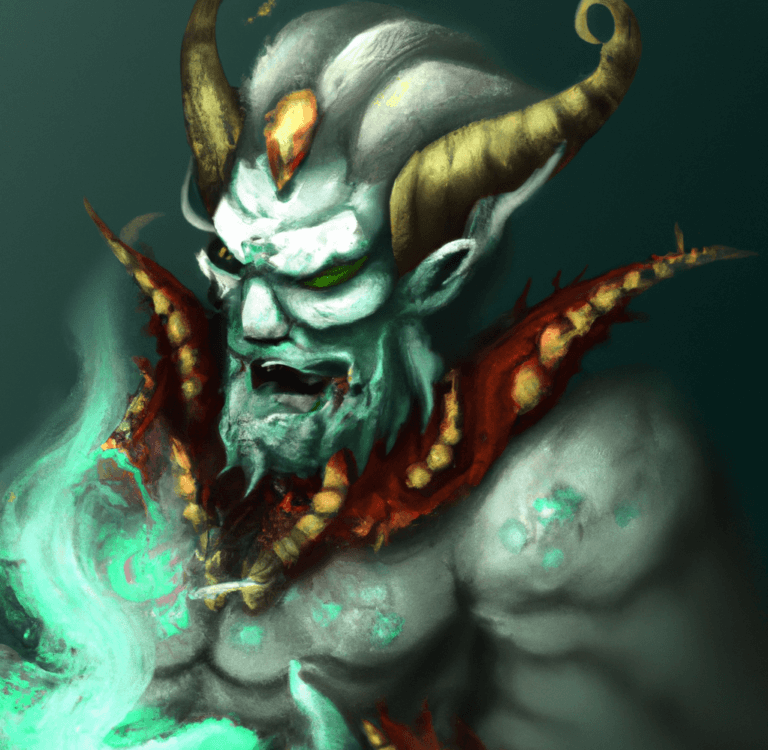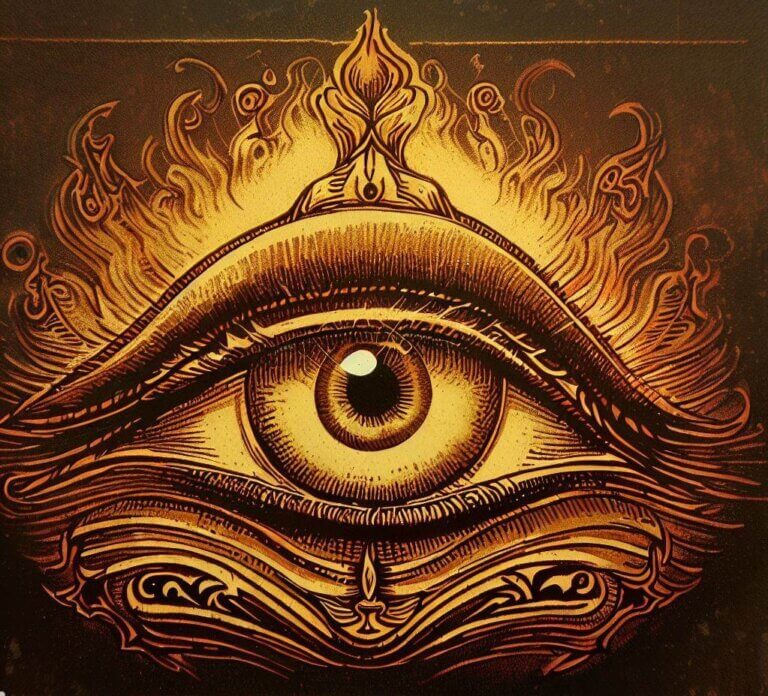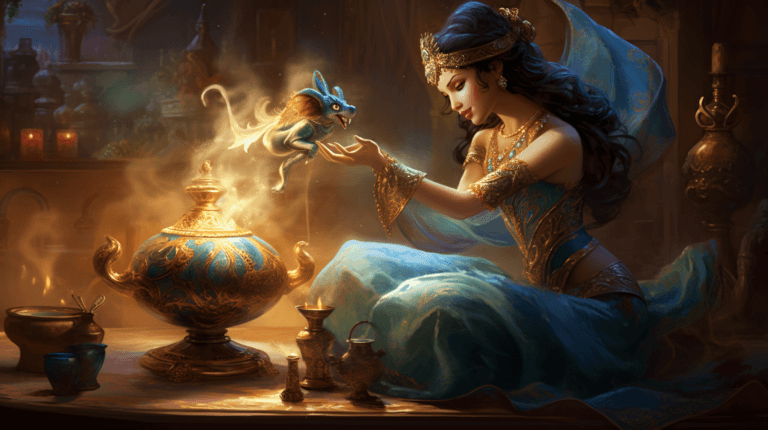Exploring the Dark Arts: A Comprehensive Guide to Types of Black Magick
Black magick has captivated the human imagination for centuries, representing a realm of forbidden power and mystical practices. Rooted in ancient beliefs and rituals, the different types of black magick have been sources of fascination, fear, and controversy. In this extensive article, we will delve into the various types of black magick, examining their origins, rituals, and potential consequences.
I. Defining Black Magick:
Black magick refers to the use of supernatural powers and energies for personal gain, manipulation, or harm. Unlike white magick, which focuses on positive intentions and ethical practices, black magick employs methods that often transgress moral boundaries and seek to control or manipulate others.
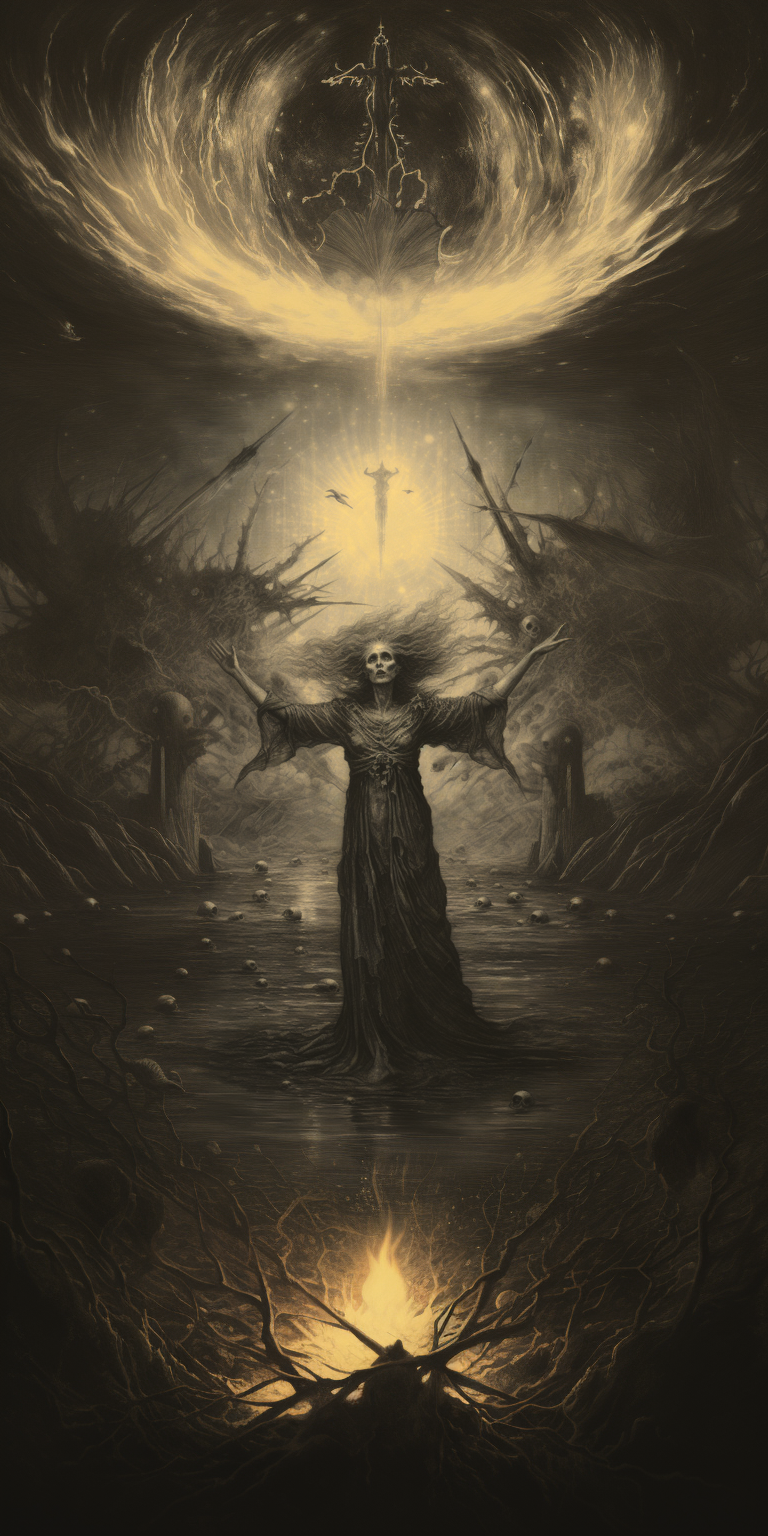
II. Historical Origins and Background:
2.1 Ancient Mesopotamian Magick: The earliest traces of black magick can be found in the ancient civilizations of Mesopotamia. The priests and sorcerers of these civilizations practiced rituals and spells to invoke dark forces and gain power.
2.2 Egyptian Magick: Ancient Egypt was home to a rich tradition of magick, both black and white. Black magick in Egypt involved invoking deities associated with destruction and chaos, such as Set or Sekhmet, to achieve desired outcomes.
2.3 Medieval Witchcraft: The medieval period witnessed the emergence of witchcraft trials and the association of black magick with devil worship. Witches were accused of casting harmful spells, making pacts with demons, and engaging in malevolent practices.
2.4 Grimoires and Dark Arts: Throughout history, grimoires (books of magick) such as “The Lesser Key of Solomon” and “The Book of Abramelin” provided instructions for summoning spirits, demons, and performing dark rituals.
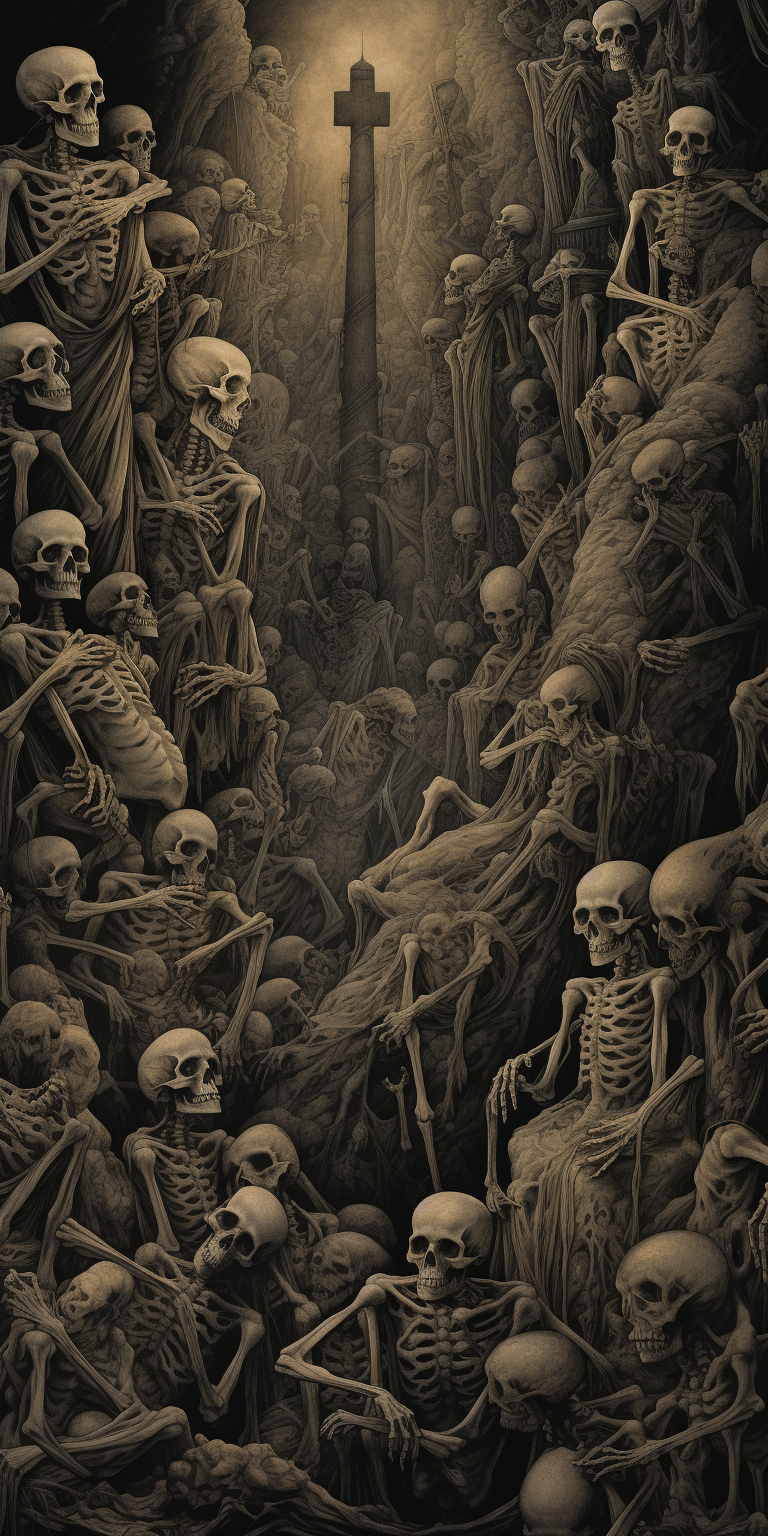
III. Traditional Systems of Black Magick:
3.1 Goetia: The Art of Demonic Conjuration: Goetia, derived from “The Lesser Key of Solomon,” involves summoning and controlling demons to accomplish one’s desires. The rituals often include complex symbols, invocations, and the use of specific tools.
3.2 Necromancy: Communication with the Dead: Necromancy focuses on contacting and manipulating spirits or the deceased. Practitioners employ rituals, seances, and tools to communicate with the spirit realm, seeking information or assistance.
3.3 Voodoo and Hoodoo: The Dark Arts of the Americas: Voodoo and Hoodoo, originating from African and Afro-Caribbean traditions, involve the use of spells, charms, and rituals to manipulate energies and influence events. Curses, hexes, and revenge spells are prevalent in these practices.
3.4 Dark Witchcraft: Manipulating Energy for Personal Gain: Dark witchcraft involves harnessing personal power and manipulating energy for self-gain. It encompasses spells, curses, and rituals aimed at acquiring wealth, power, or control over others.

IV. Forbidden Knowledge and Esoteric Practices:
4.1 The Left-Hand Path: The Left-Hand Path encompasses various spiritual and philosophical systems that embrace individuality, personal power, and the pursuit of self-deification. Theistic Satanism and Luciferianism fall within this category, exploring the dark aspects of spirituality.
4.2 Chaos Magick: Harnessing the Power of Chaos: Chaos magick challenges traditional systems by emphasizing the use of belief, intention, and manipulation of symbols to create desired outcomes. It embraces an experimental and highly personalized approach.
4.3 Blood Magick: The Sacrificial Path: Blood magick involves using blood, either one’s own or that of others, as a powerful energy source for spells and rituals. It carries a significant ethical and moral weight due to the sacrifice and potential harm involved.
4.4 Maleficium: The Dark Art of Spellcasting: Maleficium encompasses the use of curses, hexes, and binding spells to cause harm or misfortune to others. These spells are often performed with specific intent and can have long-lasting effects.
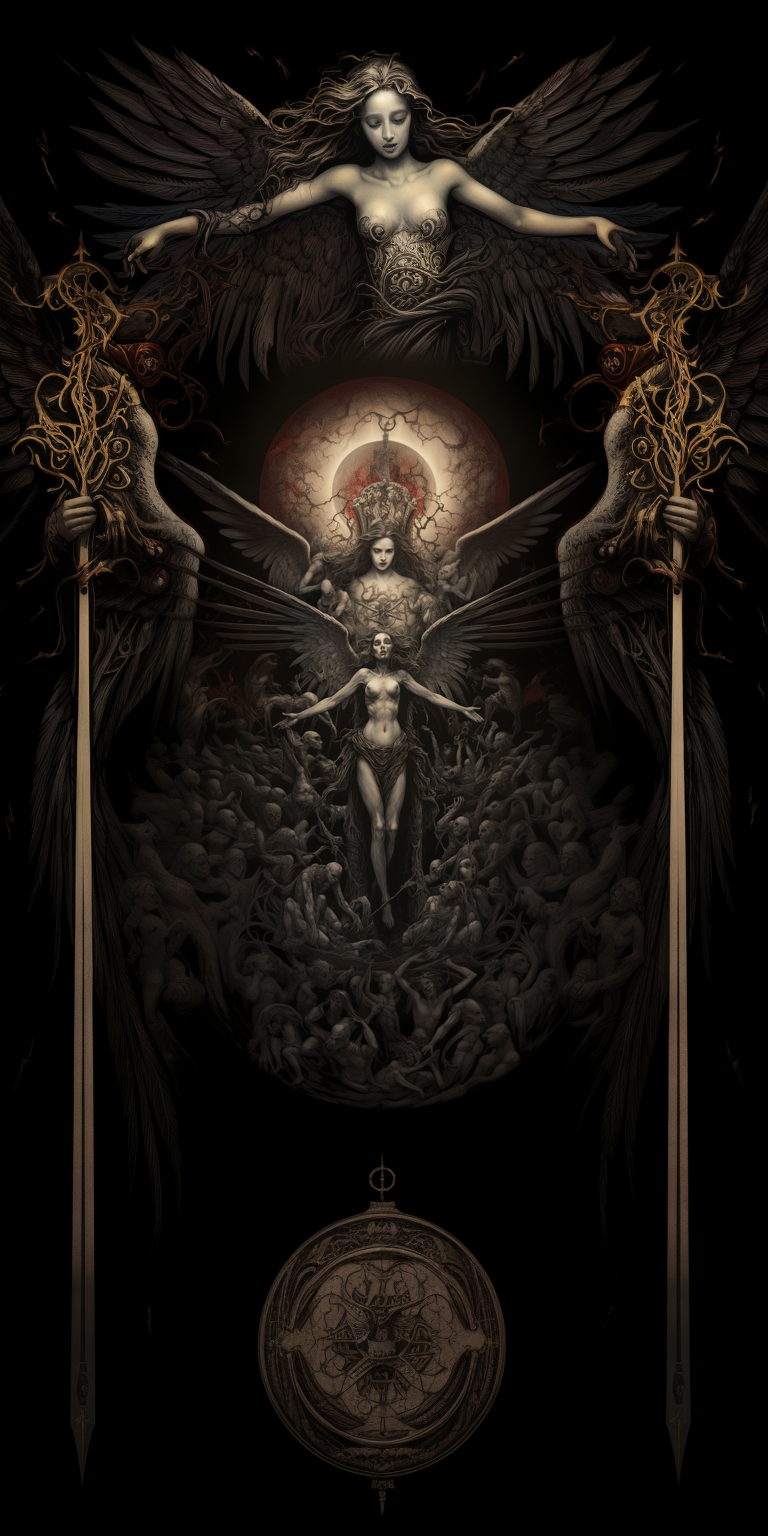
V. The Consequences of Black Magick:
5.1 Karmic Retribution and the Threefold Law: Many believe that engaging in black magick can result in negative repercussions, with the principle of karma suggesting that the energy put out will return multiplied.
5.2 Psychic Imbalance and Mental Instability:
Practicing black magick without proper understanding or control can lead to psychic imbalances and mental instability. The dark forces invoked may affect the practitioner’s emotional, mental, and spiritual well-being.
5.3 Spiritual Possession and Negative Entities: Engaging in black magick rituals can potentially attract negative entities or even lead to spiritual possession. These entities can have detrimental effects on the practitioner’s life and well-being.
VI. Protection and Countermeasures:
6.1 Banishing and Cleansing Rituals: Banishing rituals are designed to remove negative energies, entities, or influences from a person or space. Cleansing rituals involve purifying oneself or one’s environment using specific methods and tools.
6.2 Warding and Protective Charms: Warding refers to the practice of setting up protective barriers or shields to repel negative energies or entities. Protective charms and amulets are physical objects believed to offer defense against dark forces.
6.3 Psychic Self-Defense and Shielding Techniques: Psychic self-defense techniques involve developing mental and energetic shields to protect oneself from psychic attacks or negative influences. Visualization, energy work, and meditation are commonly used in these practices.
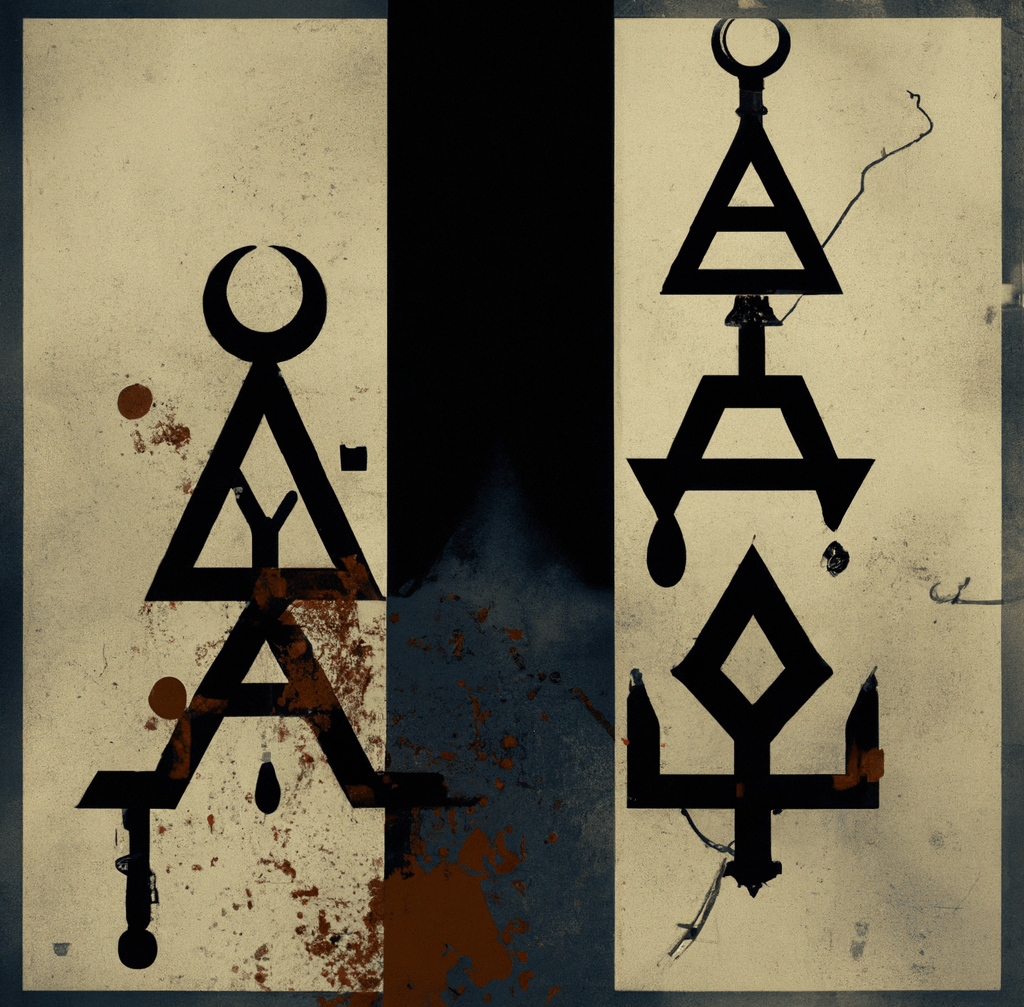
Conclusion:
Black magick, with its diverse and intricate branches, holds a significant place in occult practices. Exploring the origins, rituals, and potential consequences of different types of black magick allows us to understand its allure and the responsibilities it entails. Whether one is drawn to the forbidden knowledge or seeking protection against its influence, it is crucial to approach black magick with respect, caution, and a deep understanding of its potential impact on oneself and others.

